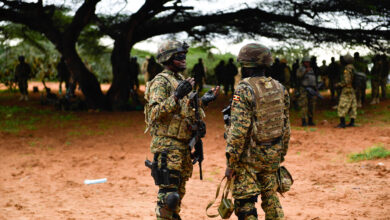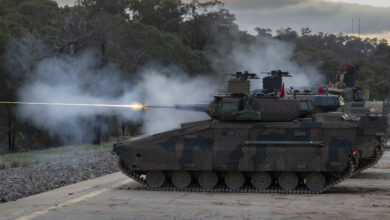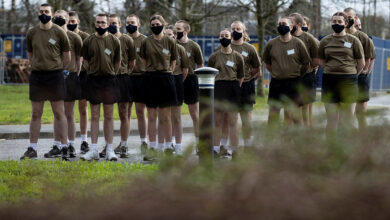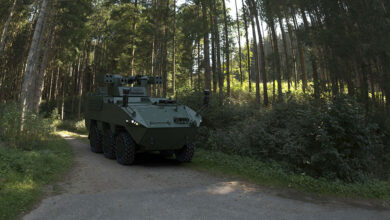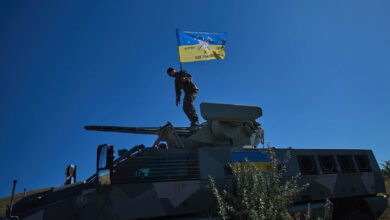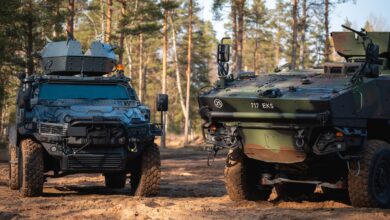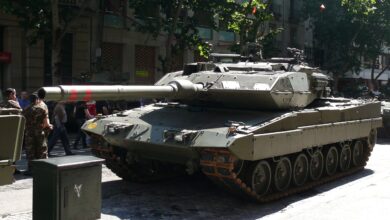British engineering firm Supacat says it has completed the integration of chemical, biological, radiological, and nuclear (CBRN) sensing technology into the country’s Fox armored vehicles.
In a press release last week, the company revealed that the first batch of upgraded vehicles has already been delivered to the manufacturer, Rheinmetall BAE Systems Land (RBSL).
The upgrade is part of a 16-million-pound ($17.3 million) deal to modernize the British Army’s fleet of Fox vehicles to better address evolving threats.
It was also meant to ensure operational readiness and effectiveness of the country’s CBRN reconnaissance fleet.
According to Supacat, “the vehicles were adapted into a protected platform equipped with automatic systems and sensors for detecting nuclear radiation, CBRN agents, and other toxic substances.”
“This contract demonstrates how our relationship with RBSL provides comprehensive engineering expertise to the UK MOD (Ministry of Defence),” company director Phil Applegarth said.
“Our engineers are able to bring extensive experience in delivering fully integrated, battle-proven vehicle systems … to maintain this critical UK MOD capability.”
‘Evolving Traditional Equipment’
The UK views counter-CBRN capability as an essential part of its defense, especially after the Salisbury nerve agent incident in 2018.
Armed Forces minister James Heappey said that integrating anti-CBRN tech into Fox vehicles reflects the country’s commitment to modernizing defense capabilities and striving for innovation and adaptability.
“This impressive contract award is a strong and positive step to evolve our traditional equipment into nimble and ground-breaking technologies,” he said.
UK Defence Equipment & Support director Simon Dakin also noted that the task forwarded to Supacat will not only extend the vehicle’s life but will also update its comprehensive sensor suite needed to detect “the full spectrum of hazardous substances that may be encountered on the modern battlefield.”




